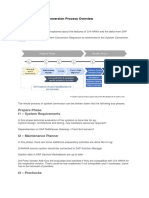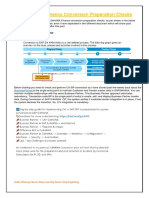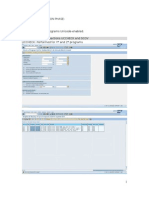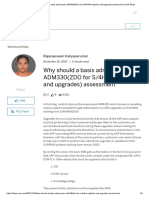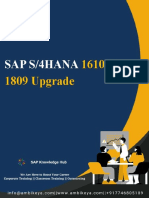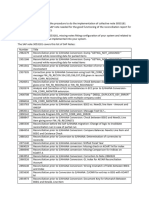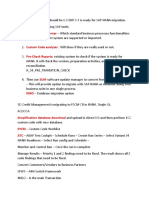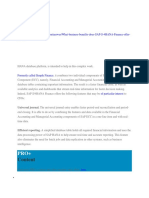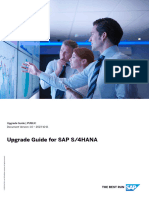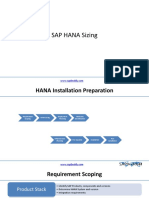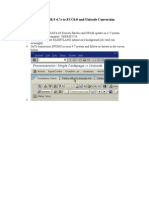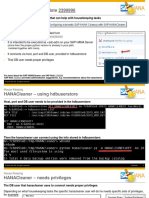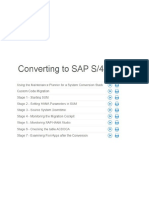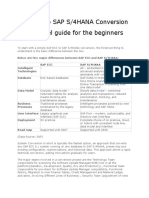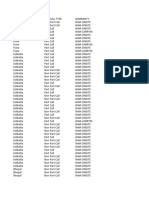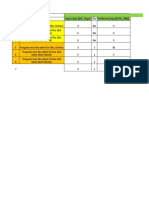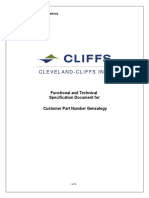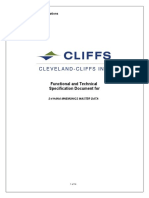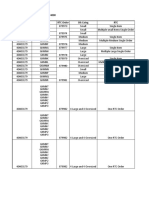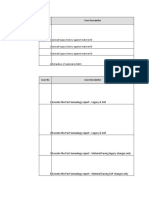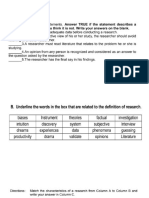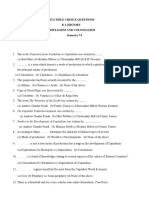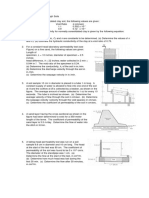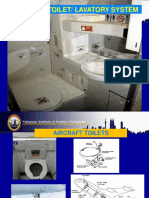0% found this document useful (0 votes)
398 views13 pagesS4HANA System Conversion 1902
The document provides an overview of the steps involved in converting an existing SAP ECC system to SAP S/4HANA, including preparing the existing system, installing S/4HANA software using SUM, migrating data using tools like the migration monitor, and post migration activities to ensure data consistency. Key aspects of the conversion process include analyzing custom code and third party applications for compatibility, cleansing and archiving existing data, implementing required notes, and performing pre-migration checks of the system.
Uploaded by
Srinivasan NarasimmanCopyright
© © All Rights Reserved
We take content rights seriously. If you suspect this is your content, claim it here.
Available Formats
Download as PDF, TXT or read online on Scribd
0% found this document useful (0 votes)
398 views13 pagesS4HANA System Conversion 1902
The document provides an overview of the steps involved in converting an existing SAP ECC system to SAP S/4HANA, including preparing the existing system, installing S/4HANA software using SUM, migrating data using tools like the migration monitor, and post migration activities to ensure data consistency. Key aspects of the conversion process include analyzing custom code and third party applications for compatibility, cleansing and archiving existing data, implementing required notes, and performing pre-migration checks of the system.
Uploaded by
Srinivasan NarasimmanCopyright
© © All Rights Reserved
We take content rights seriously. If you suspect this is your content, claim it here.
Available Formats
Download as PDF, TXT or read online on Scribd
/ 13

